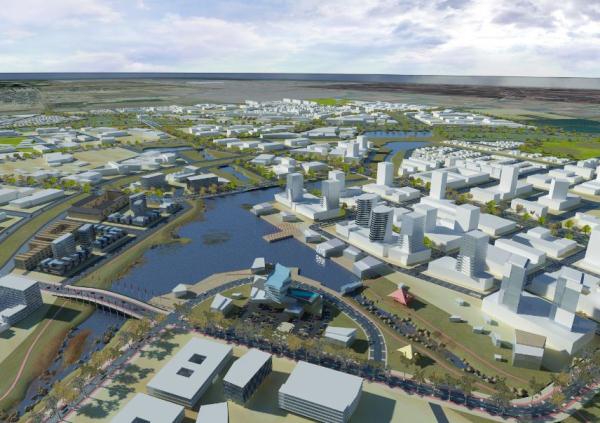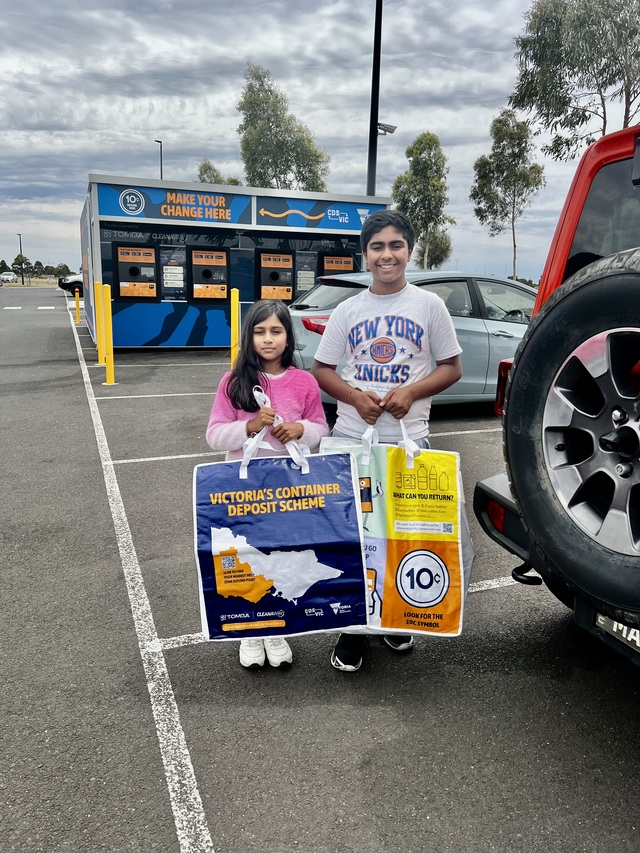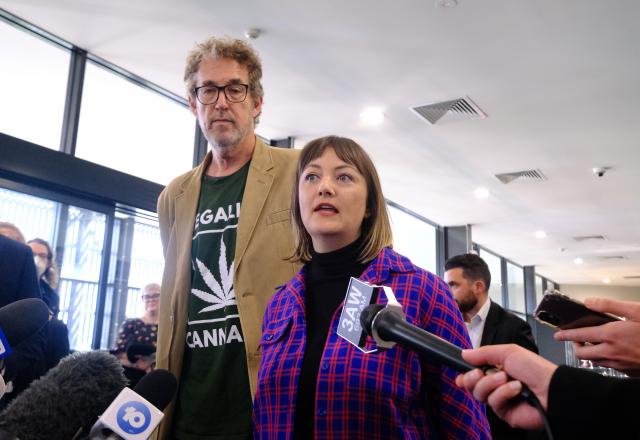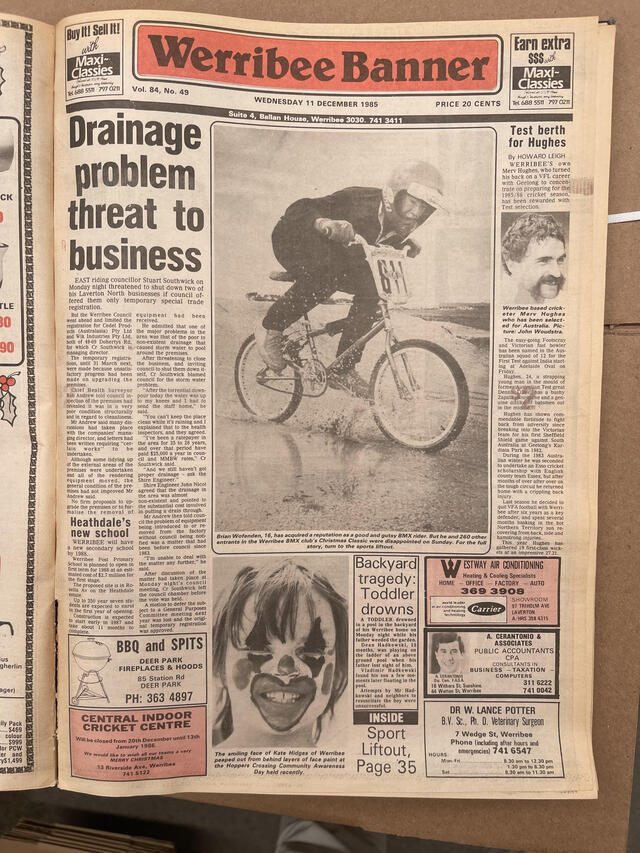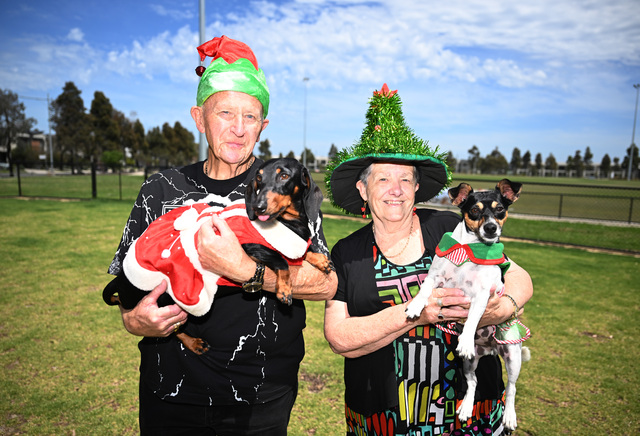Wyndham council has renewed calls for the Werribee National Employment and Innovation Cluster (NEIC) to be prioritised in planning Melbourne’s future development.
The call for action is included in a submission the council will send to the Department of Environment Land Water and Planning (DELWP), in response to the draft Western Metro Land Use Framework Plan (WMLUFP).
The WMLUFP has been prepared by DELWP under Plan Melbourne 2017-2050, with the aim of better aligning state and local planning strategies across the next 30 years.
Wyndham’s submission to DELWP received the thumbs-up from councillors at a meeting last week.
The document said “the first and most critical issue is to seek whole of government delivery of the Werribee National Employment and Innovation Cluster (NEIC) as part of the WMLUFP’s Five-Year Action Program”.
Around six years ago, a consortium seeking to build a $31 billion education city on more than 400 hectares of the East Werribee precinct was selected by the state government as the preferred bidder for the site.
But in 2019 the state government decided not to proceed with the Expressions of Interest process for East Werribee.
However, Wyndham council’s submission to DELWP said “development of the East Werribee precinct should be of the highest single priority”.
“Wyndham with its huge population growth needs an employment precinct to enable it to be a satellite city and allow people to work closer to home,” the report said.
“The business case for this has been further bolstered by COVID-19.”
Aside from NEIC, the council has also urged DELWP to accelerate the establishment of tree canopy cover to improve the sustainability and resilience of the Western metropolitan region.
Another environmental concern raised in the response was the need to designate the Western Grasslands Reserve as a National Park.
The 15,000-hectare reserve located, outside the Urban Growth Boundary west of Werribee, is the largest remnant of volcanic plains grasslands in Australia which is home to several threatened and rare species.
The council report said that the west developing at a rapid rate, the Western Grasslands Reserve should become a National Park “so that this precious part of our local environment can be properly preserved and maintained”.

